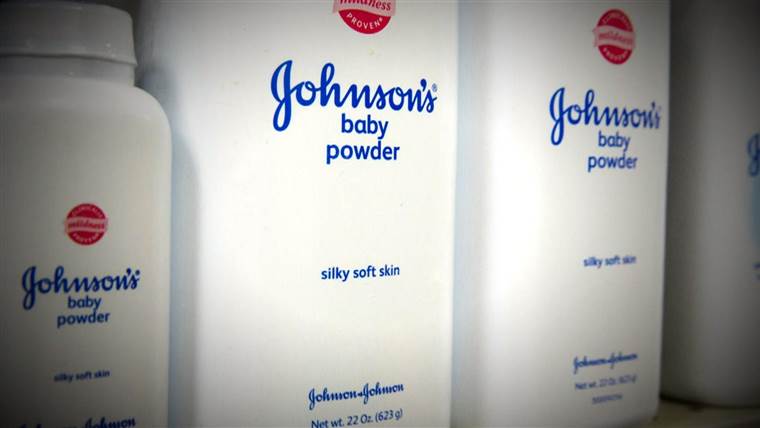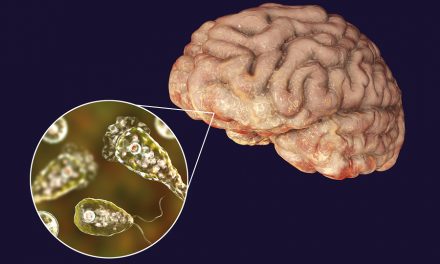On Thursday, after just 8 hours of deliberations, a St. Louis jury awarded $4.69 billion to 22 women who alleged that their ovarian cancer was caused by using Johnson & Johnson powder as a part of their daily feminine hygiene routine. This comes after J&J paid $80 million in punitive damages (in addition to the $37 million in compensatory damages they were ordered to pay) to Stephen Lanzo III last month. Lanzo, a retired banker, developed mesothelioma after using the asbestos-contaminated talcum powder products Shower to Shower and Baby Powder from 1972 to 2003. And after a Missouri state jury ordered Johnson & Johnson to pay $72 million dollars in damages to the family of a woman who died from ovarian cancer that was linked to their talc-based Baby Powder and Shower to Shower product. She had used the products for several decades.
Just to name two. There are currently thousands more cases making their way through court systems all over the country.
RELATED STORY:
While the International Agency for Research in Cancer, which falls under the World Health Organization, classified the use of talc in the genital area as “possibly carcinogenic to humans” in 2006, US government agencies and medical associations believe the topic “needs more research.”
“This latest ovarian cancer case, that was decided on Thursday, was one of the first times that lawyers successfully argued the Baby Powder and Shower to Shower talcum powder contained asbestos. Scientists presented evidence that the tissue with the ovarian cancer cells contained asbestos and talc particles.
‘For over 40 years, Johnson & Johnson has covered up the evidence of asbestos in their products,’ Mark Lanier, lead trial counsel for the women and their families, said in a statement. ‘We hope this verdict will get the attention of the J&J board and that it will lead them to better inform the medical community and the public about the connection between asbestos, talc, and ovarian cancer.'”1
For decades, doctors have noticed talc particles present in cancer tumors but were unsure (a) how the contamination happened and (b) if it led to the cancer. Given the IARC warning and multiple studies that have been done, it’s time the products are pulled from shelves or at least carry a warning label.2
RELATED STORY:
As you may imagine, Johnson & Johnson continue to drone on that their “products do not contain asbestos and do not cause ovarian cancer” and are planning to appeal the judgement.












